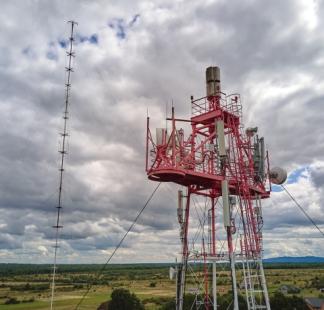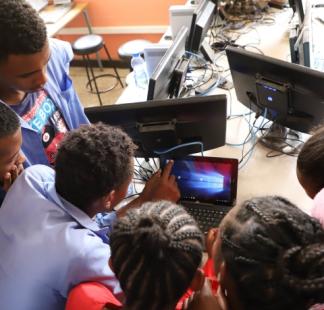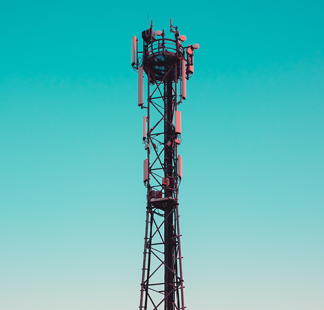Displaying 13 - 24 of 37
09 Feb 2026 - 20 Feb 2026
Online instructor led
This course covers the technical and regulatory aspects of satellite communication fillings based on the International Telecommunication Union (ITU)…
Registration:
Open until 18 Jan 2026
Languages:
- English
02 Mar 2026 - 09 Mar 2026
Online instructor led
This course focuses on technical, business and regulatory aspects of QoS for Fixed and Mobile Networks. It includes QoS (Quality of Service) and QoE…
Registration:
Open until 01 Mar 2026
Languages:
- English
Open
Online self-paced
This training course empowers start-up and scale-up women entrepreneurs by developing green digital entrepreneurship knowledge and skills in order to…
Languages:
- English
09 Mar 2026 - 13 Mar 2026
Face to Face
This face-to-face training course is designed for policymakers, regulators, civil society leaders, and professionals seeking to enhance their skills…
Registration:
Open until 30 Nov 2025
Languages:
- English
16 Mar 2026 - 27 Mar 2026
Online instructor led
This course is designed to encompass the theory, the technology and field engineering aspects of fiber optic planning design and deployment by…
Registration:
Open until 09 Mar 2026
Languages:
- English
Open
Online self-paced
The overall goal of this course is to improve the skills of the learners in setting up and using formative and summative assessment tools in the ITU…
Languages:
- English
23 Mar 2026 - 27 Mar 2026
Face to Face
This training course provides participants with an intermediary exposure to the world of policymaking and electronics producer responsibility in the…
Registration:
Open until 14 Dec 2025
Languages:
- English
30 Mar 2026 - 17 Apr 2026
Online instructor led
This 20-hour instructor-led online course is designed to equip government cybersecurity leaders, National Cybersecurity Bodies, and Critical…
Registration:
Open until 08 Mar 2026
Languages:
- English
Open
Online self-paced
This course is designed to help educators better understand the risks related to Online Child Sexual Exploitation and Abuse (further - OCSEA), and…
Languages:
- English
- French
- Spanish
13 Apr 2026 - 17 Apr 2026
Face to Face
This intermediate course is tailored to equip national regulators, policymakers, and professionals with strategic insights into fiber optic…
Registration:
Open until 30 Nov 2025
Languages:
- English
13 Apr 2026 - 20 Apr 2026
Online instructor led
This course focuses on technical, business and regulatory aspects of 5G mobile networks. It includes mobile broadband evolution, and LTE-Advanced-Pro…
Registration:
Open until 12 Apr 2026
Languages:
- English
10 Feb 2025 - 31 Dec 2025
Online self-paced
This online course aims to equip national and local government authorities with the necessary knowledge and skills to foster a technical…
Registration:
Open until 01 Dec 2025
Languages:
- English
- Portuguese
- Spanish








